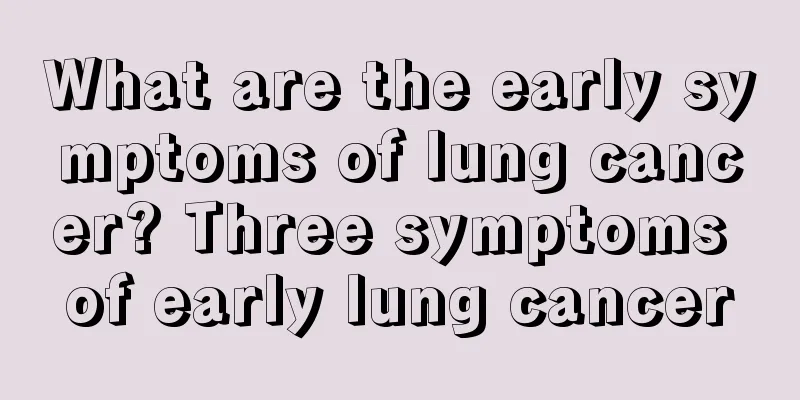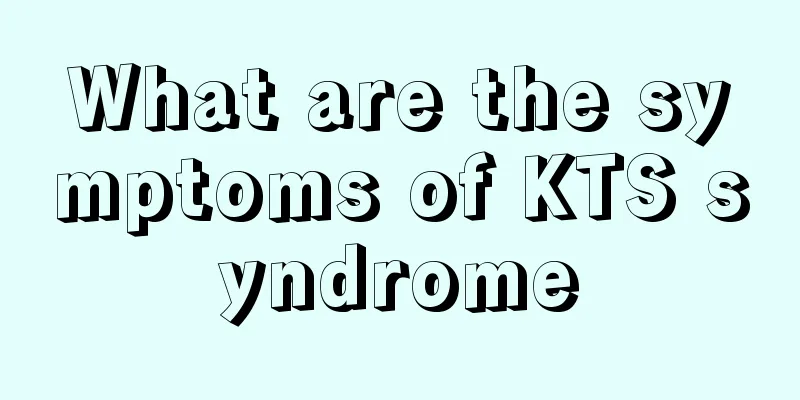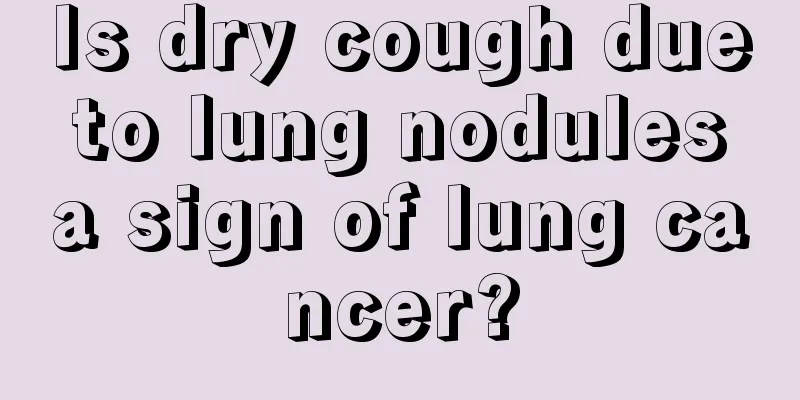My face hurts a little, what's going on?

|
The face is a very sensitive area, and any pain on the face will be very noticeable. Facial pain alone cannot determine the cause. We also need to consider the characteristics of the pain, as well as the pattern of the pain, how long it lasts, etc. There are many possible reasons for the pain on the face. We can first understand the factors in this regard, make judgments based on our own characteristics, and try to find the cause as soon as possible. So, what's going on with that little pain on my face? Let’s take a look below. Acute pulpitis: night pain, throbbing pain Acute pulpitis refers to acute inflammation of the dental pulp tissue. The source of infection is mainly from deep caries. The infection of the dental pulp can cause apical infection through the apical foramen. The clinical characteristics of the disease are rapid onset and severe pain. General analgesics are not effective and can develop into pulp necrosis in the later stage. This pain is usually spontaneous and paroxysmal, with a short duration in the early stage and a long relief period, and a long duration in the late stage, which can last up to a whole day. When the inflamed dental pulp becomes purulent, the affected tooth will have throbbing pain. The pain often occurs at night and is aggravated by thermal stimulation. When the pain occurs, most patients cannot clearly point out the affected tooth. The pain is radiating or referred, often radiating along the distribution area of the second or third branch of the trigeminal nerve to the upper and mandibular teeth on the same side of the affected tooth or to the head, temporal, and face. Facial pain caused by temporomandibular joint disorder has three clinical characteristics: first, joint pain; second, popping noises from the joints; and third, limited mouth opening, i.e. the inability to open the mouth. The pain is mostly in the joint area or around the joints. It hurts when you open your mouth, or the pain worsens. Some patients may also experience non-specific symptoms such as tinnitus, headache, paresthesia, and dizziness. Facial pain caused by temporomandibular arthritis includes local joint pain, ear pain, headache, bruises and pain when chewing, and is accompanied by pain in various muscles. Trigeminal neuralgia: sudden onset, severe pain Another disease that causes facial pain is trigeminal neuralgia, which is also one of the most easily overlooked causes of facial pain. Trigeminal neuralgia is one of the most common maxillofacial nerve diseases, with recurrent paroxysmal severe pain in the trigeminal nerve distribution area on one side of the face as the main manifestation. This kind of "face pain" mainly occurs in the distribution area of the trigeminal nerve in the face. Since the pain occurs in the teeth and face, it is easy to be confused with toothache. But in fact, the characteristics of trigeminal neuralgia are very obvious, that is, sudden onset and sudden cessation. The pain feels like lightning, knife cutting, and burning. It is a stubborn, unbearable and severe pain. This kind of "face pain" often causes paroxysmal severe pain when talking, washing the face, brushing teeth, or when a breeze blows on the face, or even when walking. Moreover, each pain attack only lasts for a few seconds or minutes, the pain occurs periodically, and the intervals between attacks are the same as those of normal people. In the early stage of the disease, the number of attacks is relatively small and the intervals between attacks are long, ranging from several minutes to several hours. As the disease progresses, the attacks become more frequent, the intervals between attacks gradually shorten, and the pain gradually becomes more severe. Unlike acute pulpitis, this type of facial pain occurs less frequently at night. At the same time, the face on the painful side may show spasm, and the expression may show tension and anxiety. Sanlu brain experts remind: If you experience "facial pain" symptoms, you need to go to the neurosurgery or neurology department of a regular hospital for systematic examination and treatment. |
>>: Red rashes all over the body
Recommend
What foods can remove moisture from the body
If there is moisture in the body, it will have a ...
What disease is nosebleed a precursor to?
When facing the problem of nosebleed, we need to ...
What are the methods for colorectal cancer examination
In recent years, many people are prone to colorec...
Will the black spot on the nose after thread lifting disappear?
In this age of appearance, micro plastic surgery ...
How long can vegetables be kept in summer
The weather is hot in summer, which not only brin...
What is the diet and precautions for polycystic kidney disease
I believe many people have a certain understandin...
What to do if your toes crack
In this hot summer, most of our friends have put ...
What happens if colon cancer metastasizes to the abdominal wall after surgery?
Generally speaking, peritoneal metastasis after c...
Can nasopharyngeal cancer be inherited by females?
Is nasopharyngeal carcinoma hereditary? This is w...
What causes low platelets?
There are certainly reasons for low platelet coun...
How to clean up too much hair in the bathroom at home
The bathroom at home is prone to hair accumulatio...
What should I do if my pituitary microadenoma is serious?
In fact, people's head is more than just an o...
Pancreatic puncture biopsy process
Pancreatic puncture examination is a common exami...
Can endometrial cancer be cured at the age of 60?
Patients with endometrial cancer aged 60 years an...
Advantages of Traditional Chinese Medicine in Treating Breast Cancer in Situ
Advantages of Traditional Chinese Medicine in Tre...









